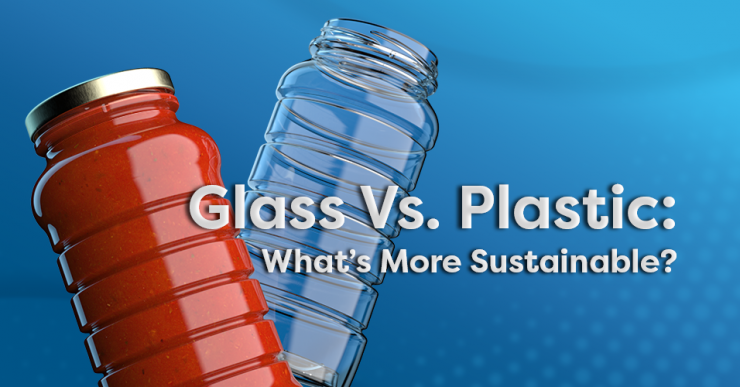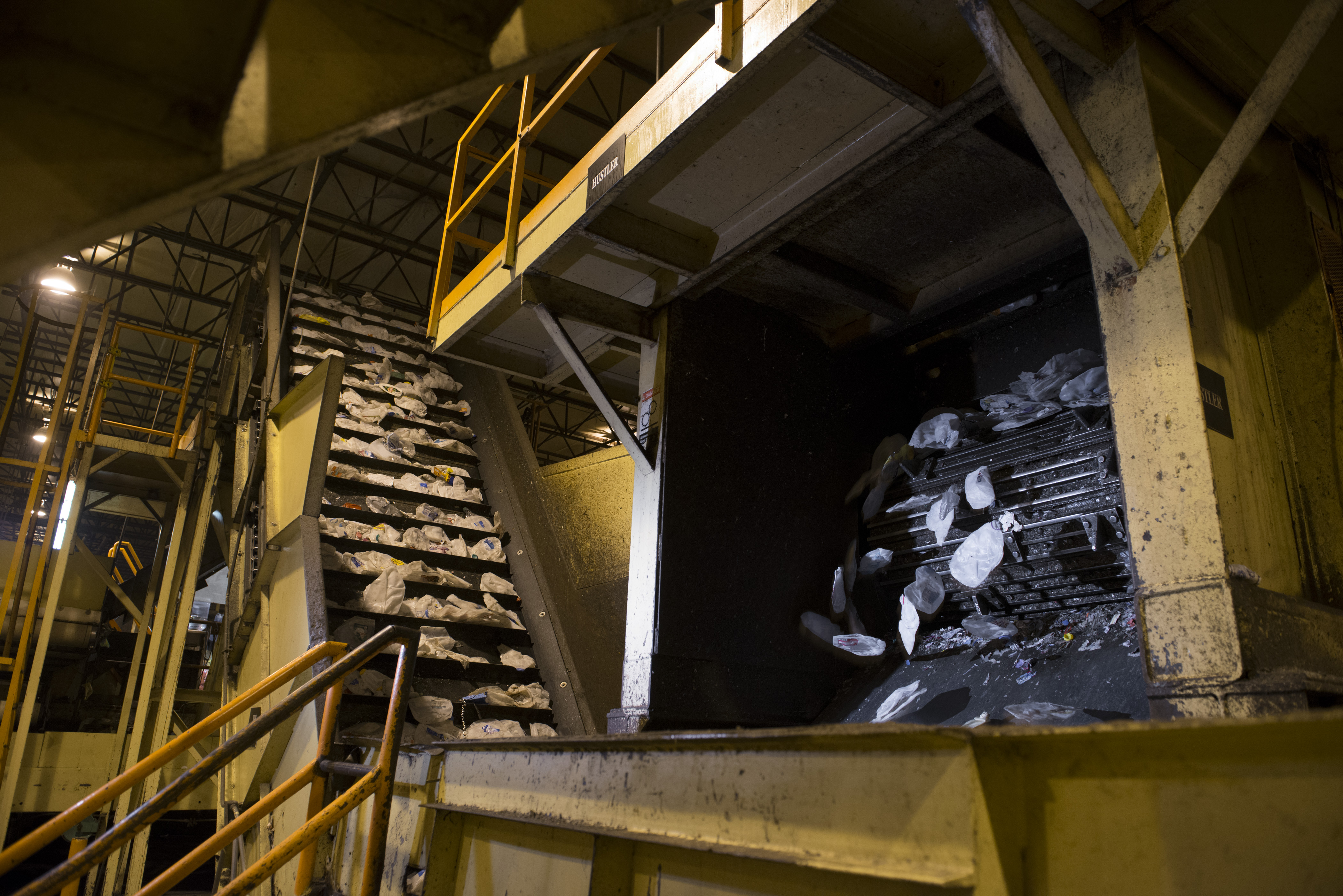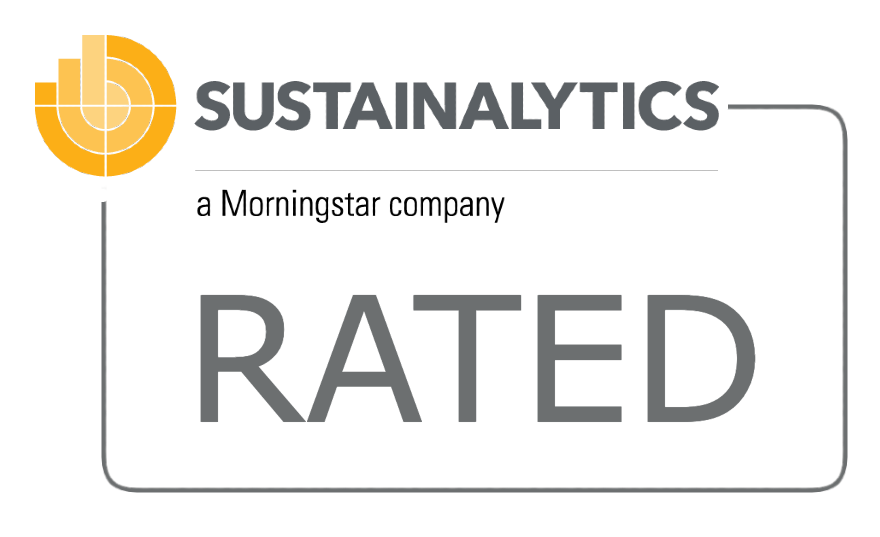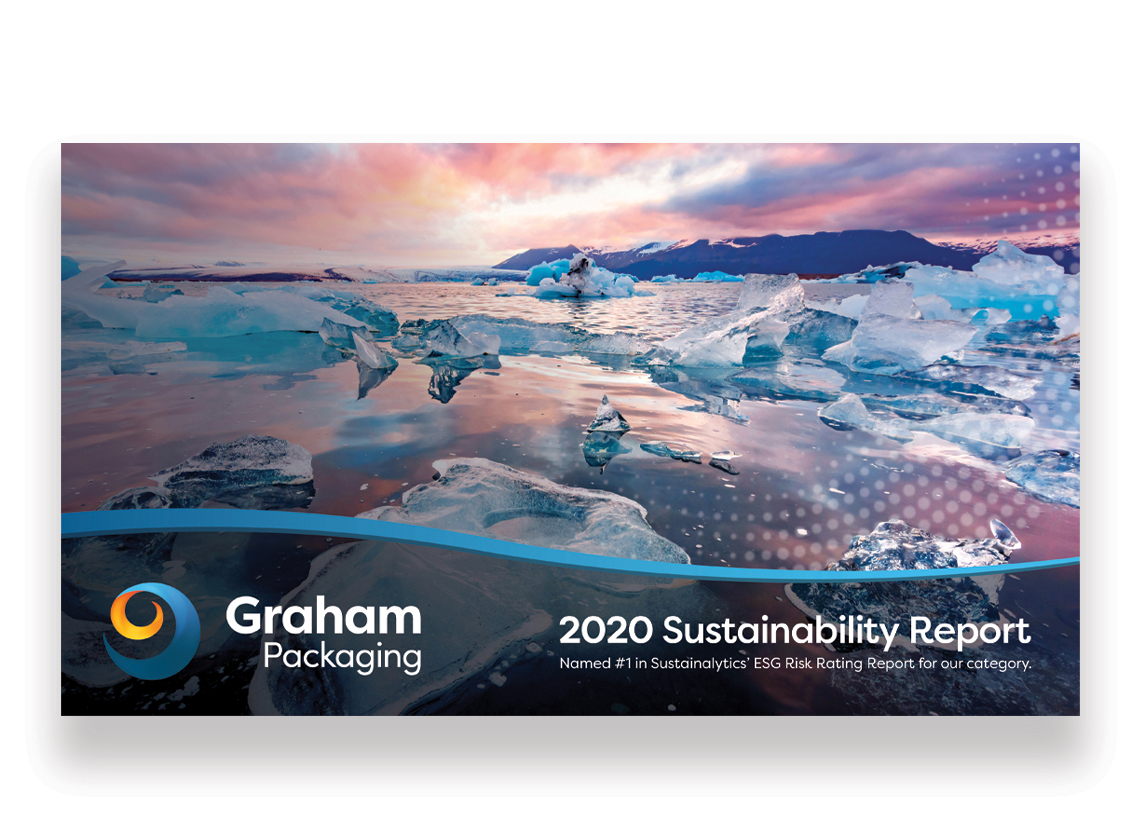Glass Vs. Plastic: What’s More Sustainable?
You may have noticed recently that there seems to be a shift from glass jars and bottles to plastic ones on the shelves at the store. With environmental impact being such a hot topic these days, some people may see these plastic packages and groan. It’s very easy to make plastic packaging the scapegoat of the world’s environmental woes, but when companies innovate the industry and keep these concerns in the forefront of their production, plastic can be highly sustainable when used responsibly by consumers.

There are many different types of plastic, all stemming from different kinds of resins. It is true that not all plastics are environmentally friendly. But the ones primarily used by Graham Packaging, like HDPE and PET, can help contribute to a safer, circular economy. These resins are BPA free and both are highly recyclable. This means that they are sustainable and can be reused as long as they are returned back to the cycle, also known as a circular economy.
Additionally, Graham also uses polypropylene. Polypropylene (PP) containers account for roughly 7% of the products we produce. Used in a variety of food and nonfood packaging, this material is considered only sometimes recyclable, typically because very few recycling facilities process it. Graham is continuing to work on ways to improve the recyclability of polypropylene.
But why not just use glass? This is a great question. Often, it can be a common opinion that glass is superior to plastic because of its perceived sustainability benefits and its more premium association. However, PET can provide a glass-like appearance, thanks to its lower haze value. It also has design flexibility to create unique shapes that help a brand stand out on the shelf. Finally, PET can also protect the product inside the package, similarly to glass, providing a long shelf life.
Most people might know that glass is made from naturally occurring materials, like sand. In fact, glass is essentially made from “liquid sand.” What most people don’t know is that sand has an incredibly high melting point of 1700° C, or 3090°F (Kanchwala, 2021) To heat a furnace that hot takes a massive amount of energy. For example, according to an independent life cycle assessment, the energy required to produce 1,000 24oz glass bottles is 8,910 Mega joules while creating 1,000 of Graham’s ThermaSet PET plastic bottles only consumes 7,458 Mega joules. In this case, that means there is an 18% reduction of energy used with plastic instead of glass. Furthermore, in the production of glass, the analysis found that glass generates 46.2kg03 of smog air, while ThermaSet PET contributed only 20.7Kg03. That’s means there can be a 76% decrease in smog air when brands convert from glass to ThermaSet PET!
There is another drawback to glass packaging that most do not think about: transportation. Glass is very fragile and cannot withstand bumps or falls. When glass packaging is being prepared for transportation, extra precautions are taken to ensure they arrive intact. This extra padding means less space for more bottles or jars. Plastic on the other hand is shatter-resistant by design and does not need the same amount of additional padding and protection.
That isn’t the only way plastic packaging helps reduce CO2 emissions. Another shortcoming of glass is its weight. Glass packaging can be extremely heavy, especially in large shipments. Typically, for trailers, the standard weight of one load is 40,000lbs. If comparing 24oz glass jars to 24oz plastic, only 1,452 cases of glass jars fit for a trailer weight of 40,148lbs, while 2,016 cases of ThermaSet PET jars fit for a trailer weight of 39,799lbs. To calculate the amount of CO2 a trailer releases you must multiply the distance by the weight and then multiply that number by the truck emissions factor. Since distance and weight play such a vital role in this formula, shorter distances and lighter loads will reduce the total output of CO2.
For example, look at our ThermaSet PET technology. This packaging is 80 to 90% lighter than glass, which allows you to maximize truckloads during shipping. In a third party study, it was found that outbound freights filled with glass jars had a total weight of 40,533lbs — while ThermaSet PET jars achieved a weight of 40,332lbs. The eyebrow raising difference is that there were only 17,424 glass jars loaded, while ThermaSet PET had 24,192 jars outbound! Up to 40% more ThermaSet PET jars can fit on a single truck versus comparable glass jars. This means fewer trucks on the road, which equates to lower freight and fuel costs, and a lower carbon footprint.
From the manufacturers, to the factories, to the stores, to your home, your sauce jar has already traveled quite some distance to make it to your pantry — but it’s not done yet! When these heavy glass containers are placed in the recycling bins, they still must be picked up and transported again to material recovery facilities to be processed for recycling. Due to glass’s heavy weight, this final transportation can be costly. Once at these facilities glass must be ground down back into what is referred to as cullet. Cullet can then be used to create new glass, but only if there aren’t any contaminating residues present, otherwise it cannot be used. According to the EPA, the amount of recycled glass containers was 3.1 million tons in 2018, for a recycling rate of 31.3 percent. This is actually very close to the rate of PET bottles and jars (29.1 percent) in 2018, and the rate for HDPE natural bottles (29.3 percent). When you factor in the extra energy used to produce glass packaging combined with the extra emissions given off during transportation, glass packaging can actually leave a larger footprint than plastic.
So the next time you’re at the store and your favorite brand has switched to plastic, instead of groaning, you can purchase it in good conscious knowing that the product is helping to create a circular economy. Consumers should make sure they do their part after using the item by throwing that plastic bottle in the recycling bin, continuing the cycle.
For more information on our ThermaSet PET technology, please visit https://www.grahampackaging.com/thermaset-PET
References
Kanchwala, H. (2021, January). How Is Glass Made? Retrieved from Science ABC: https://www.scienceabc.com/innovation/how-is-glass-made.html





